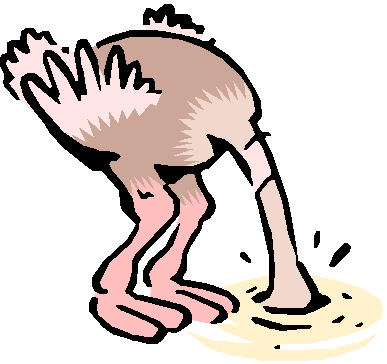 If you find it difficult.
If you find it difficult. Don't be an ostrich! The observations still need completing when you get your head out of the sand.
Be a winner and ask for help AND practice!
Observations need a clear statement of what you intend to do.
What is an aim? Click to find out.
An aim may include:
A clearly stated aim allows the observer to focus carefully one one aspect of development
and gain as much relevent information about the child as possible.
Are these aims appropriate?
To observe physical development.
To plan and evaluate a lotto game for 4 year
old children.
To observe a 3 year old child's gross motor
skills during an outdoor climbing activity.
Look at this aim more closely to find the constituent parts.
Observations are of the child's stage of development not of an activity.
The focus is the child.
It is helpful to include the age of the child as this makes the aim more precise.
The reader now knows the observation refers to a young child rather than a baby or school child.
Physical development is a broad area.
It is more meaningful to state the aim precisely.
The aim is made more specific by the extra information.
Outdoor play is different to an indoor situation and the precise activity is named.
Read the following aims and consider if they are appropriate.
| Observe the spoken language of a 2 year old in a small group. | |
| To observe two children drawing similar pictures. | |
| To observe a child's reaction to their first day at nursery. | |
| To observe a baby playing. |
Now practice your new skill of writing a clearly stated aim for your observations.
 If you find it difficult.
If you find it difficult.
Don't be an ostrich!
The observations still need completing when you get your head out of the sand.
Be a winner and ask for help AND practice!